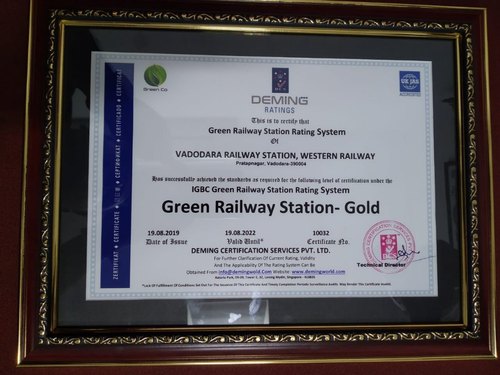Description
5S is the name of a workplace organization method that uses a list of five Japanese words: seiri,seiton,seiso,seiketsu, and shitsuke. Transliterated or translated into English, they all start with the letter “S”. The list describes how to organize a work space for efficiency and effectiveness by identifying and storing the items used, maintaining the area and items, and sustaining the new order. The decision-making process usually comes from a dialogue about standardization, which builds understanding among employees of how they should do the work.
1. Sorting (Seiri)
Eliminate all unnecessary tools, parts, and instructions. Go through all tools, materials, and so forth in the plant and work area. Keep only essential items and eliminate what is not required, prioritizing things per requirements and keeping them in easily-accessible places. Everything else is stored or discarded.
2. Stabilizing or Straightening Out (Seiton)
There should be a place for everything and everything should be in its place. The place for each item should be clearly indicated.
3. Sweeping or Shining (Seiso)
Standardized cleaning-point at a 5S organized plant
Clean the workspace and all equipment, and keep it clean, tidy and organized. At the end of each shift, clean the work area and be sure everything is restored to its place. This makes it easy to know what goes where and ensures that everything is where it belong
4. Standardizing (Seiketsu)
Work practices should be consistent and standardized. All work stations for a particular job should be identical. All employees doing the same job should be able to work in any station with the same tools that are in the same location in every station. Everyone should know exactly what his or her responsibilities are for adhering to the first 3 S””s.
5. Sustaining the Practice (Shitsuke)
Maintain and review standards. Once the previous 4 S””s have been established, they become the new way to operate. Maintain focus on this new way and do not allow a gradual decline back to the old ways. While thinking about the new way, also be thinking about yet better ways. When an issue arises such as a suggested improvement, a new way of working, a new tool or a new output requirement, review the first 4 S””s and make changes as appropriate.It should be made as a habit and be continually improved.
The Origins of 5S
5S was developed in Japan. It was first heard of as one of the techniques that enabled what was then termed ””Just in Time Manufacturing””. The Massachusetts Institute of Technology””s 5-year study into the future of the automobile in the late 1980s[2] identified that the term was inappropriate since the Japanese success was built upon far more than components arriving only at the time of requirement. John Krafcik, a researcher on the project, ascribed Lean to the collective techniques being used in Japanese automobile manufacturing; it reflected the focus on waste in all its forms that was central to the Japanese approach. Minimised inventory was only one aspect of performance levels in companies such as Toyota[3] and in itself only arose from progress in fields such as quality assurance and Andon boards to highlight problems for immediate action.





Reviews
There are no reviews yet.